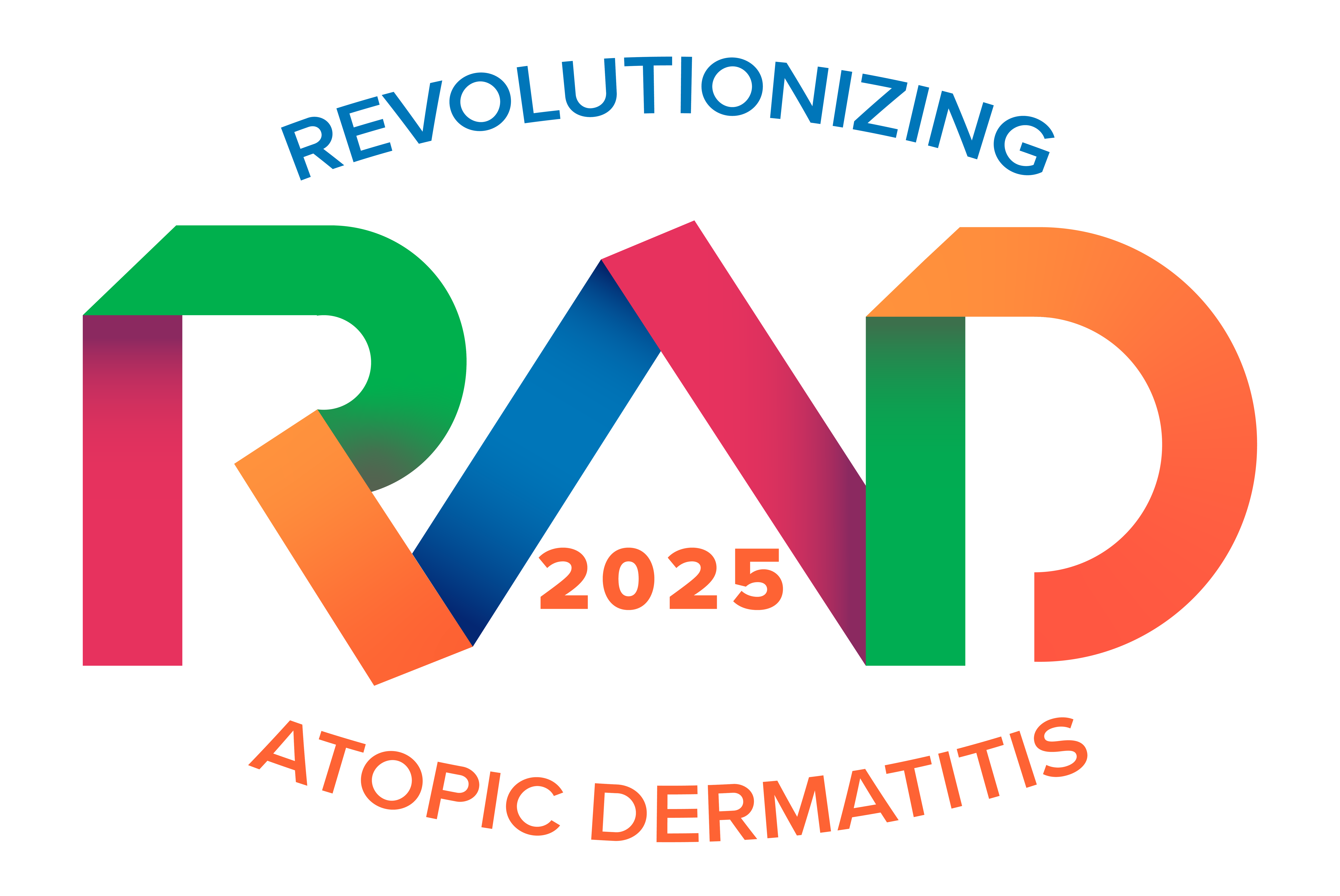
Rashmi Sarkar, MD, FAMS: Vitiligo and Stigma

Sarkar spoke with Dermatology Times after the ReV conference to discuss her session on vitiligo stigma.
Following the recent
Sarkar delved into the stigma, including the cultural stigma, that patients with vitiligo may face.
Q&A
Dermatology Times: What are key highlights and takeaways from your ReV session? What do you hope clinicians will take away from it?
Rashmi Sarkar, MD, FAMS: Vitiligo must be treated with the available options for treatment and patients should not be dismissed due to incomplete success with treatment.
Patients should be informed regarding the various available options of treatment: topicals, phototherapy, systemic drugs, vitiligo surgery, [and] camouflage. This can reduce the psychosocial burden of the disease, improve the compliance to treatment and increase the patient’s satisfaction.
It is also essential to evaluate the effect of treatment and other interventions on the psychosocial disability in patients with vitiligo.
Online groups and support communities for vitiligo can improve the quality of life by providing support, educational resources and advice Vitiligo has a profound impact on the quality of life of the patient.
An empathetic and supportive doctor-patient interaction, information regarding vitiligo, prompt treatment, good social support, psychotherapeutic interventions, or psychotropic therapy can help the patient to live with their disease and to manage the associated psychosocial and psychiatric comorbidity. Patient organizations are invaluable in overcoming the stigma of vitiligo.
Dermatology Times: What can clinicians do to help mitigate the stigma of vitiligo?
Sarkar: Counselling remains the cornerstone of treatment-both of the patient and the family members. Bursting the myths, offering treatment, setting realistic expectations, demonstrating how to apply medications, and camouflage are important; educating the patient are all part of the therapy. Referring the patient to a psychiatrist may also be needed. We also need to spread awareness on Global Vitiligo Day and through patient organizations.
Dermatology Times: What should dermatology clinicians be cognizant of when considering cultural stigma associated with vitiligo?
Sarkar: Dermatology clinicians must be cognizant of the psychological impact and emotional stress of the patient with vitiligo. Besides treatment, a counselor and nursing staff can play a valuable role in listening to and counselling the patient.
Dermatology Times: What else related to vitiligo or your session should clinicians keep in mind?
Sarkar: Managing the stigma in a vitiligo patient would need a team:
1. Dermatologist
2. Nurse
3. Counselor
4. Psychiatrist
5. Social worker
6. Collaborator from non-government organization (NGO)
7. Patient support groups
The team needs to work collaboratively in offering medications, explaining how to apply them, build up confidence and self esteem of the patient, psychological counseling, and introducing to patient support groups.
Newsletter
Like what you’re reading? Subscribe to Dermatology Times for weekly updates on therapies, innovations, and real-world practice tips.

















